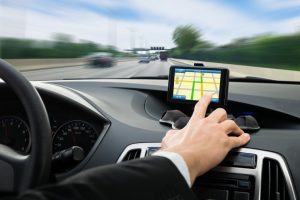 These days, you cannot imagine a car or a phone without GPS (global positioning system) technology. Without it, it will be more difficult to travel to a less-familiar destination. You can’t make driving easier and faster, as you won’t know which roads have favorable traffic. If you’re a first responder or a fleet manager, GPS helps in identifying vulnerable areas and individuals during disasters.
These days, you cannot imagine a car or a phone without GPS (global positioning system) technology. Without it, it will be more difficult to travel to a less-familiar destination. You can’t make driving easier and faster, as you won’t know which roads have favorable traffic. If you’re a first responder or a fleet manager, GPS helps in identifying vulnerable areas and individuals during disasters.
Indeed, GPS makes people's lives more convenient, but to give you such service takes a lot of work and complexity. Read on to learn more about this innovative technology.
How Does the GPS Work?
When people talk about GPS on their devices, they usually refer to the receivers. The real GPS is up there in the sky, about 20,000 kilometers above the surface of the Earth. The GPS, developed by the military, is composed of 31 operational satellites, which don’t include those that are decommissioned.
These satellites spread across six evenly spaced orbital planes, with each plane having four slots. This way, your receiver always has four satellites to derive location data from. All these satellites, meanwhile, compose the GPS constellation.
The GPS receiver, on the other hand, obtains two types of information from three satellites: time and location of the satellites. To calculate the time, the receiver determines the difference between the time the satellite sent the data and the time you received that data. The receiver also knows the location of the satellite at the exact moment it delivers the data. In the process, your receiver can provide information, such as your exact location.
Isn’t the technology amazing? Most of the time, GPS provides an accurate location for you, but sometimes it doesn’t due to a poor signal. One of the leading causes is high-rise buildings that interfere with the transmission. You can test the strength of the GPS in your area using simulators.